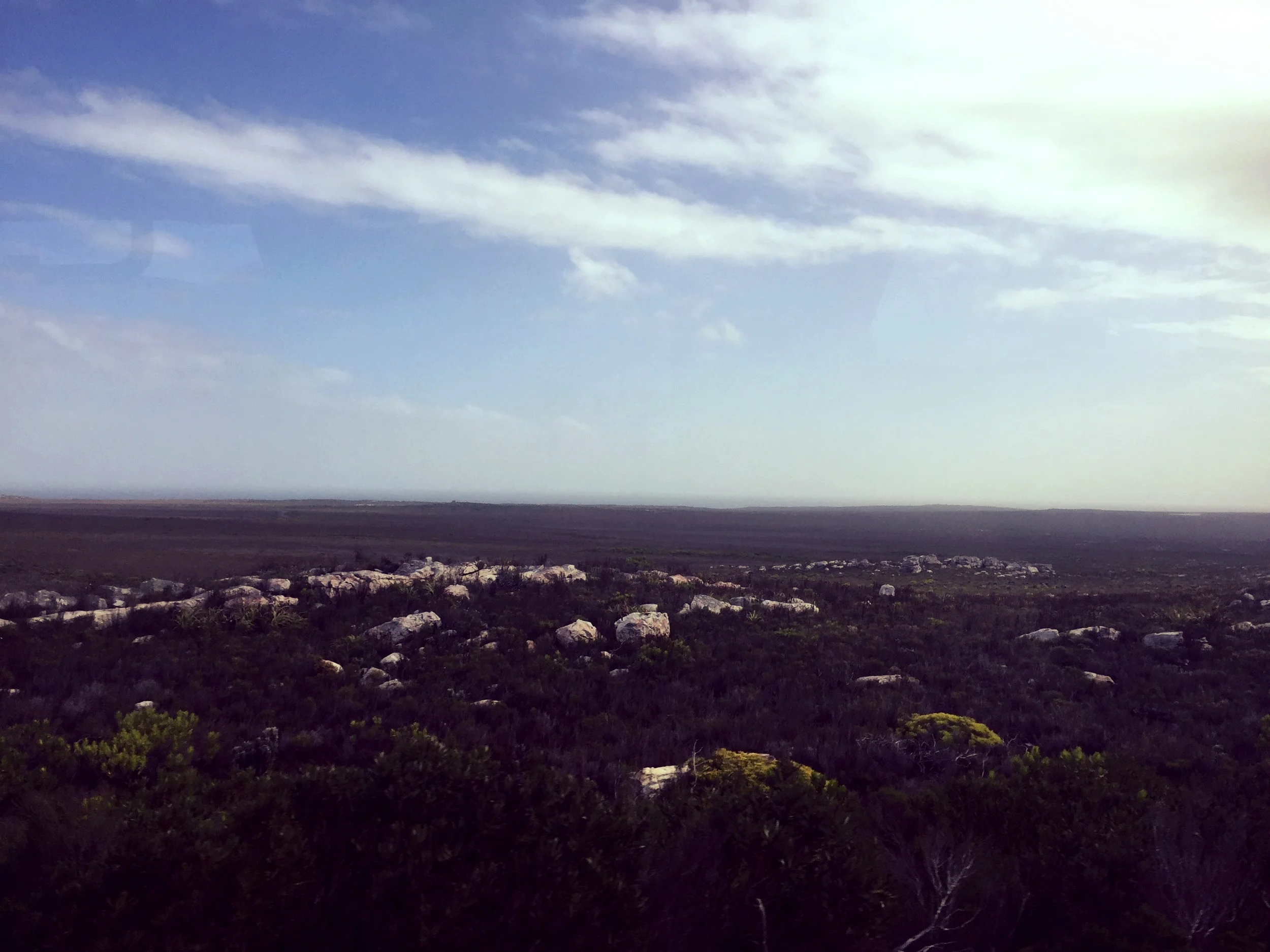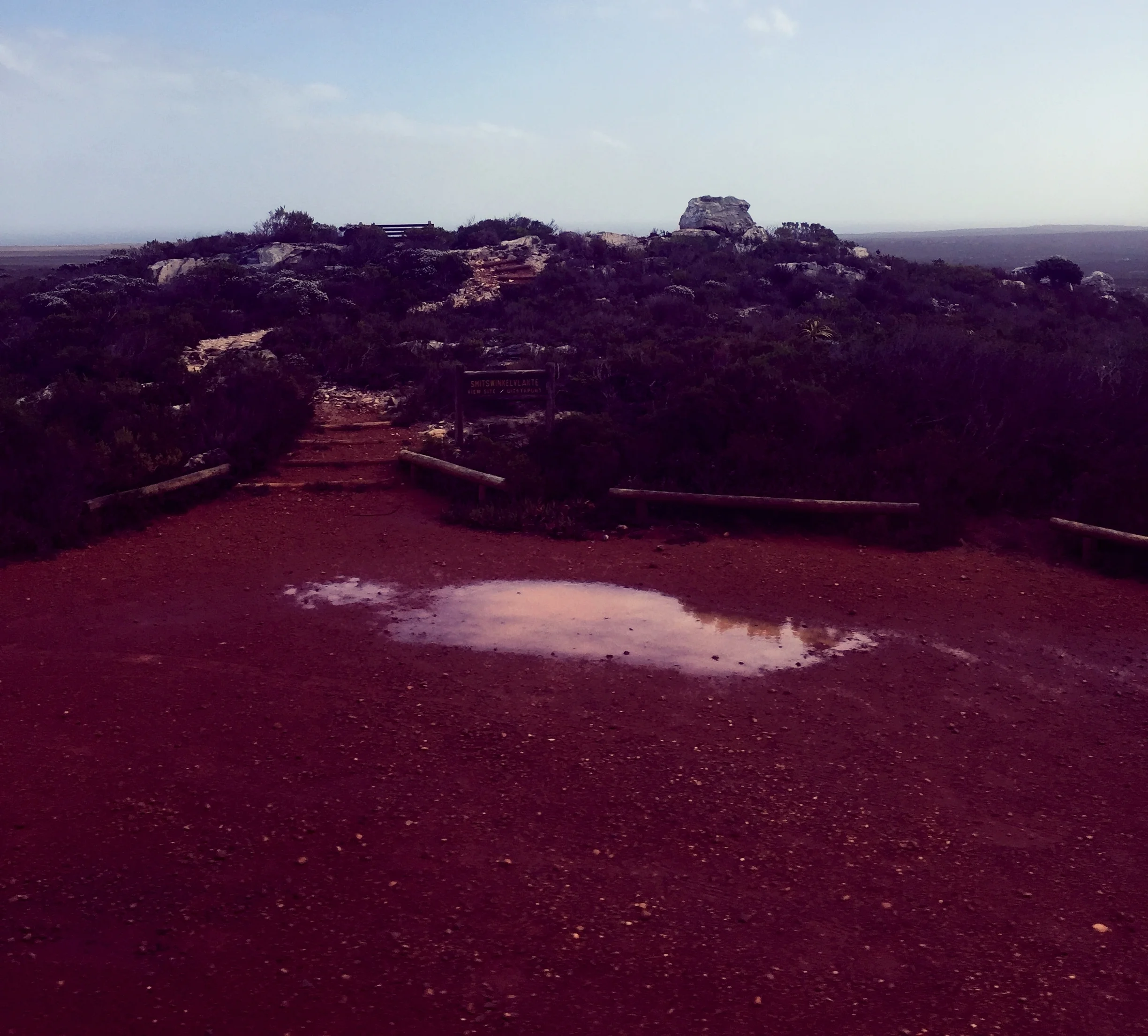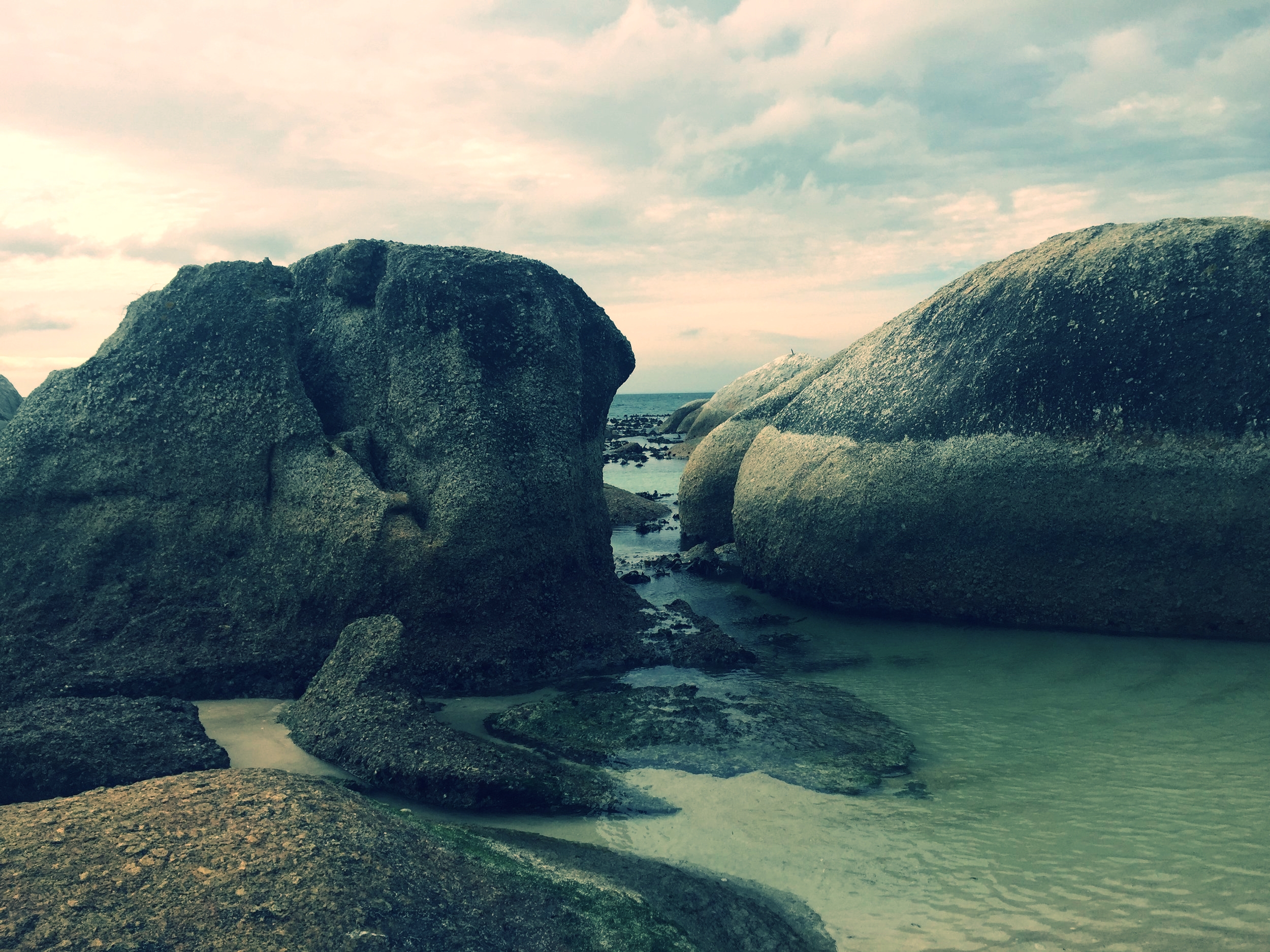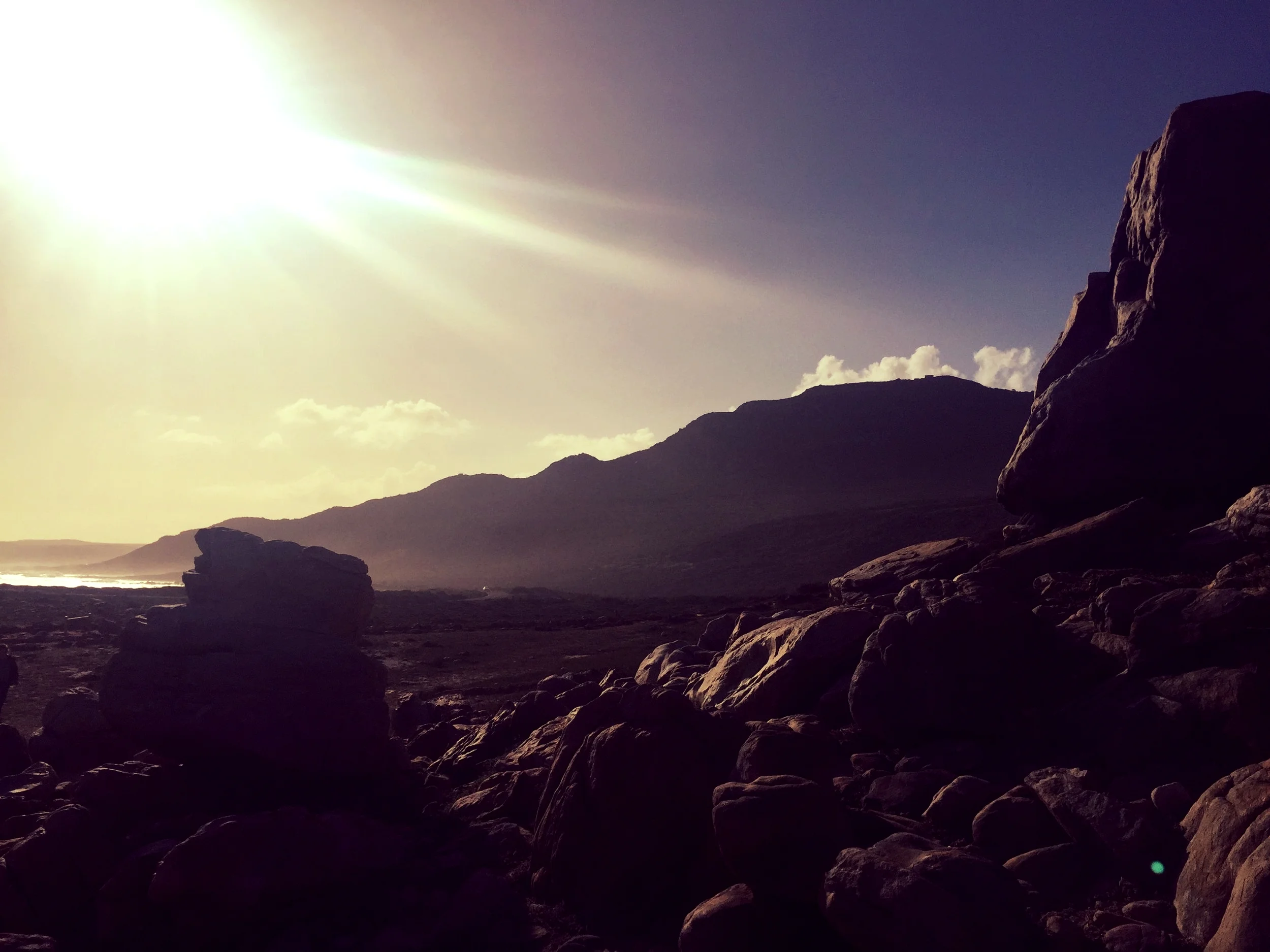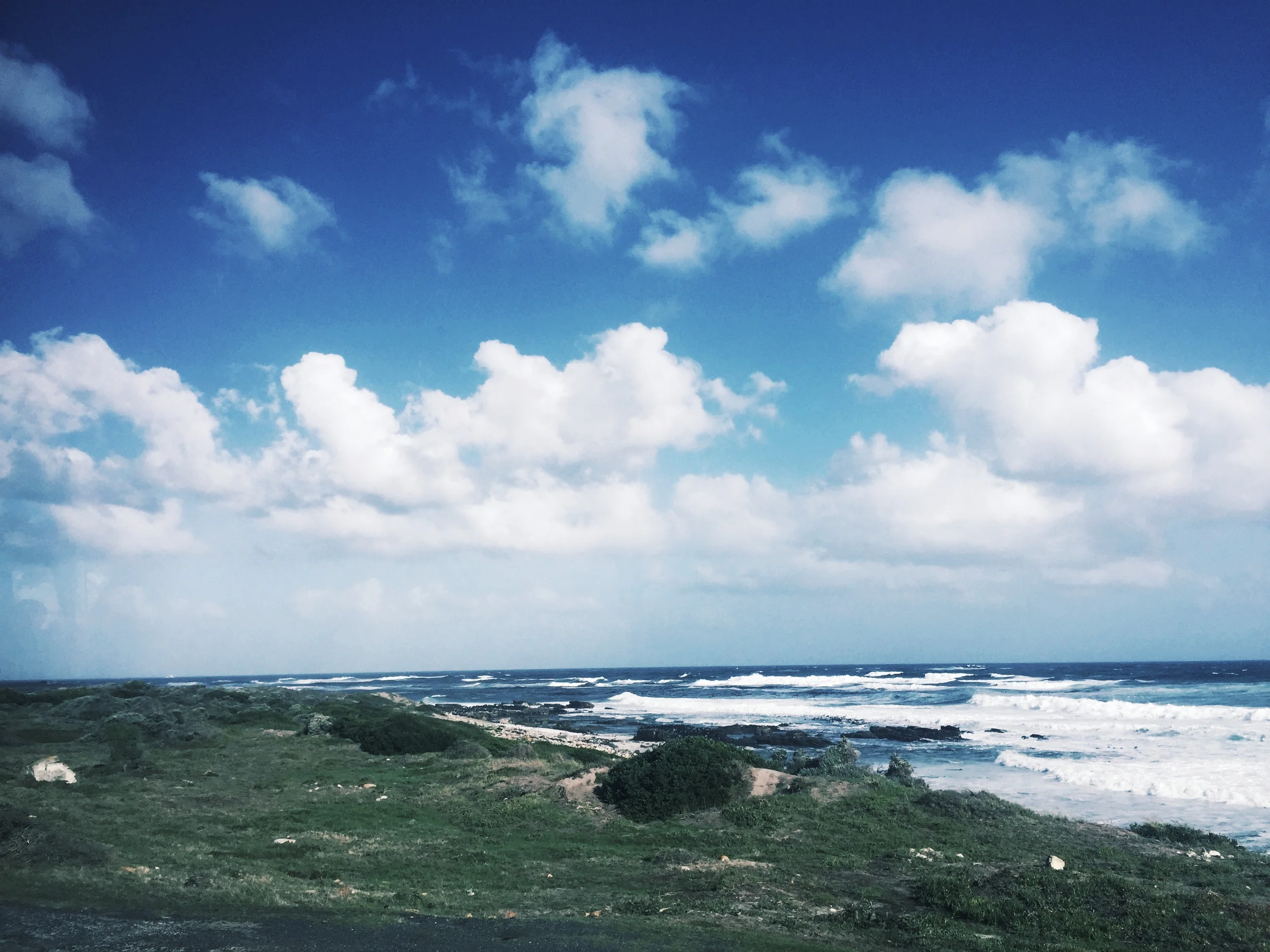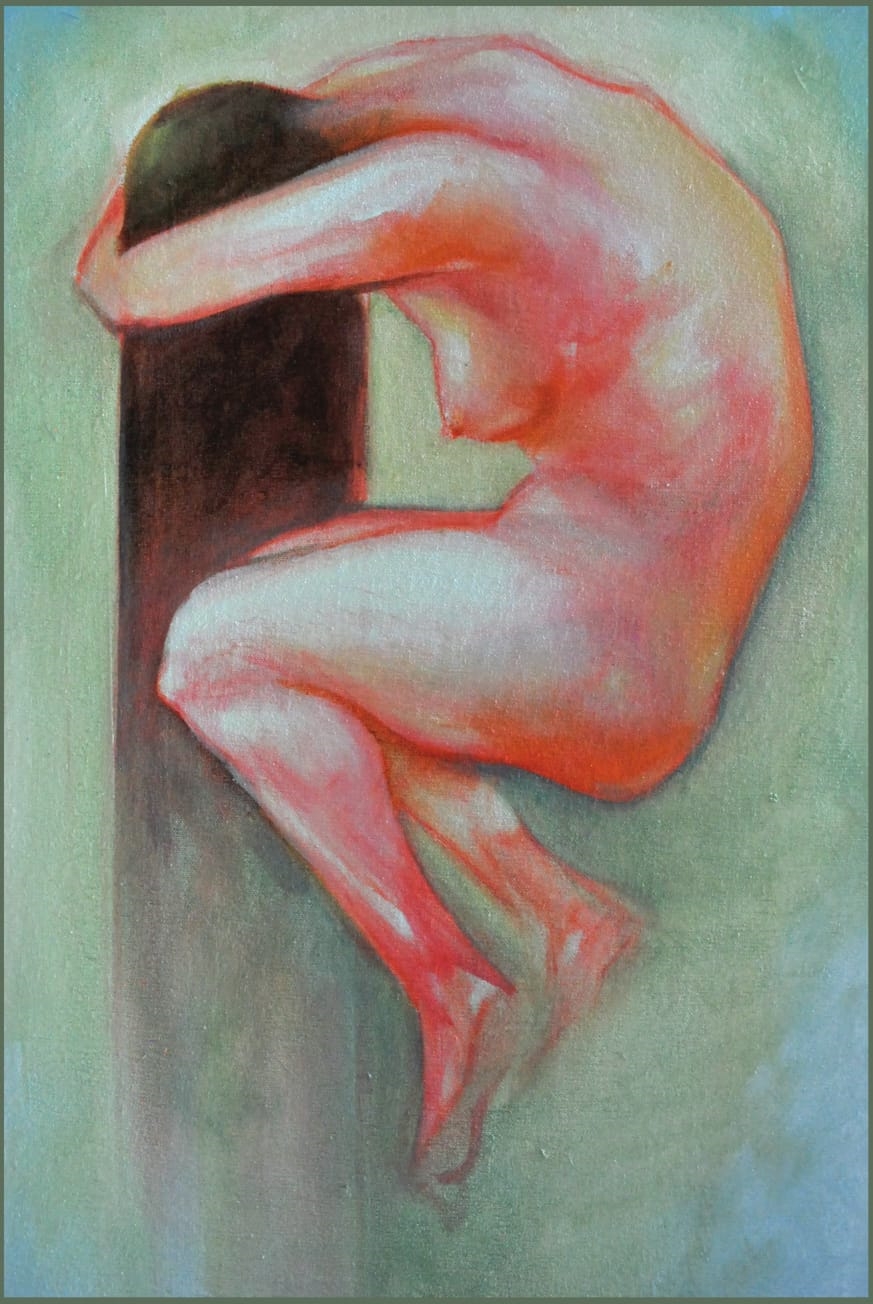Vol. 1, Issue 3: Asexuality and Body
The Asexual Vol. 1, Issue 3
Lead Editor: Michael Paramo
Layout Editor: Michael Paramo
Contributors: Saralyn Smith, Elyse Jones, Deramin, Aurora Thornton, Elyssa Tappero, Amanda Amos, Moira Armstrong, Emma Hutson, Diane Ramic, Ms. Ace, Michael Paramo, Maribel C. Pagan, Joe Jukes, Mehreen Qaisar, Krystal Cooper, Emily Karp, and Ashley Kleczka
Cover Artwork: Photograph by Michael Paramo (@mxparamo.art)
Article Artwork: “Sleeping with Space” by Elyse Jones, “Colors of the Dragon” by Diane Ramic, “How to Disappear Completely” by Ashley Kleczka, and 14 photographs by Michael Paramo
Date of Publication: October 1st, 2017
Supporters: This journal issue would not be possible without AZE’s supporters on Patreon. A special thank you to Lindsey, Alex Hansen, Caitlin McKenna, Chris Pasillas, and Heidi Samuelson! You can support the journal here.
On Asexuality and Body
A human body may be nothing more or so much more than its physicality. As potential onlookers, we often consume anatomical and phenotypical qualities of bodies at first glance. Our perceptions may produce quiet whispers, seeping into our unconscious, or silencing screams, accelerating our heartbeats, but each body tells us something. What the body conveys is informed by the culture(s) we inhabit, from the media, family, church, school, and more. Our bodies themselves are reproductions and (potential) reproducers of this culture, as we become entangled by its desire for self-continuation. Our bodies are consumed in this self-perpetuating cycle. Is our body our destiny? Is transcending this system possible? We still can and do resist and disrupt, decolonize and deconstruct, unlearn and unpack, at least, we may try. Whether our efforts will triumph is an impossible question for another time.
If our bodies are the reproductive machines of society, where does the asexual body fit? How does one even define an asexual body? At the very least, asexual bodies are often left unmarked within society. One may be asexual, but this is difficult to discern through perception alone. Rather, our identities are often learned through our own intimate and/or public confessions, frequently producing disbelief and numerous other points of affect in the audience. In this transitional and critical moment in which we may decide to share our asexuality, our bodies quickly transform into subjects for dissection. Does what we say match what they see? Do our bodies look asexual to the audience? For certain bodies, being “asexual” already pre-exists as an assumed or impossible quality, with intersections of race, ethnicity, gender, age, queerness, fatness, disability, and hegemonic conceptions of beauty, among other variables, constructing this equation of understanding.
The forthcoming pieces by authors under the ace umbrella grapple with questions and concepts suggested in this introduction, examining topics of body positivity, identity management, reproduction, health, navigating relationships, intersectionality, and more to explore this theme of asexuality and the body.




